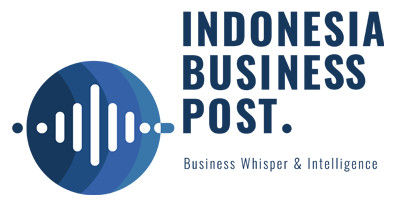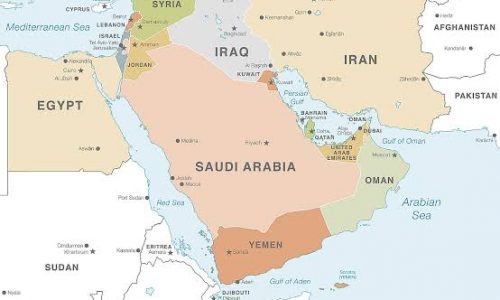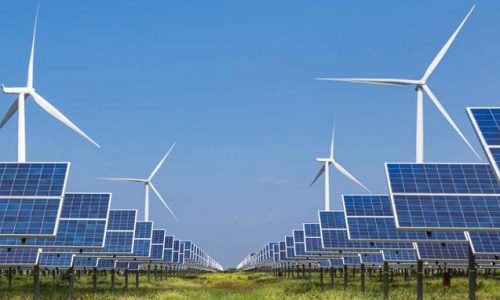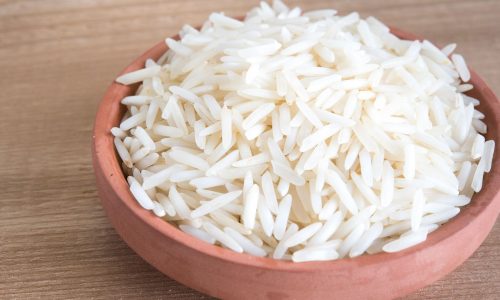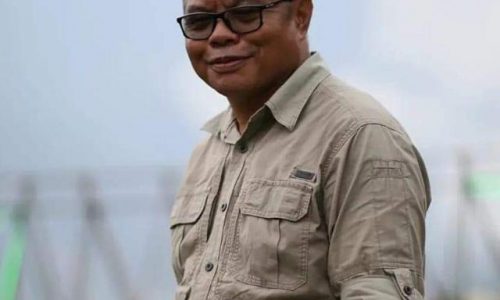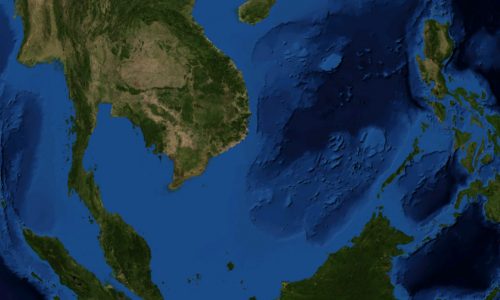By: Sampe L. Purba, Defense University Alumni
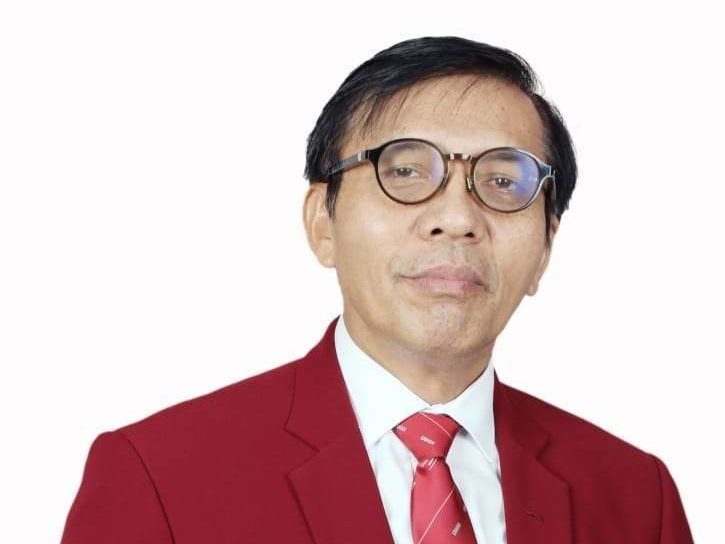
The continent of Europe is historically crafted as the most frequent, turbulent and violent wars. There are hundreds of wars. In BCE period, among others, such as the ancient Roman expedition through Germania to cross to England, as well as the invasion of the Nordic nations to mainland Europe, to the adventures of Tenmujin – the grandson of Genghiz Khan crossing the deserts of Central Asia – penetrated the Alps to the Baltic sea. Wars in modern times include the Napoleonic wars in the 18th century, the Austro-Hungarian wars – to mutual attacks between Scandinavian countries and Russia. Two world wars began in the European theatre.
Carl von Clausewitz – General of Prussia – in his book “ON War” – quoting a fourth century Latin proverb concludes that if you want to maintain peace, then prepare for war – si vis pacem para bellum. The development of military power, alliance pacts, including pre-emptive attacks are the implementation of the doctrine.
Military balance
Military balance can be broadly categorized from two perspectives, namely static factors and dynamic factors. Static factors are the state of natural geography, natural resources and patriotism of the population. For instance, the country where the condition is widely spread, hilly topography, steep with natural obstacles naturally has a distinct advantage. History shows that Greek in The Battle of Thermopylae, by combining a choke point, warrior spirit and the right weaponry, proved to be able to withstand the onslaught of the Persian army, which numbered twenty times in the fourth century BC. Napoleon failed to conquer Russia, because he was caught in the fierce snow. The Panjshir Valley in Afghanistan was successfully defended by the Mujahideen from the onslaught of Russian troops and the Taliban, by utilizing the strength of mountain forts and steep hills.
The main dynamic factors are the number military in service, military equipment and logistical support. Military study publications such as global fire power (GFP) issue an annual index of the military power of countries in the world called the PowerIndex. There are about 50 factors that make up the index. This includes relative adjustments, such as between countries with a small size but with more advanced weapons technology, compared to countries with a large area, large population but with lagging technology.
The 2022 Global Firepower (GFP) index put the top five countries as followed: the United States, Russia, China, India and Japan. Indonesia is ranked 15th, below Iran, but above Germany, which is ranked 16th. Ukraine is ranked number 22. In the European Union, France has the highest ranking, followed by Britain, Italy, Germany and Spain. Ex-Eastern European countries that joined the European Union such as Poland, Romania and Bulgaria occupy the middle board. Finland and Sweden – two Scandinavian countries – which are being teased or tempted to join NATO are also in the middle ranks.
The approach taken by the Global Firepower uses six broad categories, namely geographical conditions, human resources, military equipment, financial strength, logistics, natural resources and geographical conditions. Geographical conditions include the area, the length of the coastline, the length of the border line with other countries and the available alternative waterways. This last point is especially important in the case of disruption in the mobility of weapons and troops by land.
The human resources include population, workforce, active military, active military reserves and paramilitaries. Military equipment is distinguished on the three dimensions:
- Air dimension: the number of combat squadrons, interceptors, military transport aircraft, training aircraft, attack helicopters and aircraft for special missions.
- Marine dimension: the strength of the fighter fleet, transport aircraft, submarines, destroyers, frigates and corvettes, minesweepers and patrol boats.
- Ground strength: the number of battle tanks, troop transport tanks, car artillery and rocket projectors.
The supporting variables for logistics include the number and capacity of airports, merchant ships, ports and terminals, labor and the capacity of railways, roads and bridges. Roads and bridges are unable to support armored vehicles, of course, and will reduce the effectiveness of an armament (main weapon system) in mobilization, maneuvering and actual combat. In Europe and China, for example, the highways that connect big cities are wide, strong and sturdy. They are designed to be able to bear the load of heavy armored vehicles such as Abrams or Leopard tanks (about 65 tons).
Financial variables include the annual military budget for the procurement, development and maintenance of defense equipment and personnel. Also includes foreign debt, purchasing power parity and foreign exchange reserves and gold. This last factor is important to get attention, especially for a protracted war. A country’s ability to finance long-term wars, including its resistance to economic disruption from enemy nations, is an important factor to boost the stamina of a war.
Natural resource factors, mainly oil production, consumption and the proven reserves. Moving the heavy weapons of war requires a steady and continuous supply of fuel. The history of major wars noted, in Europe, the Middle East and Indonesia, for example, the security and control of oil resources is a very crucial factor. In the second world war, when the Dutch East Indies (as part of the Allied Countries) embargoed oil exports to Japan, it was immediately responded by targeting oil cities such as Tarakan (now North Kalimantan) and South Sumatra as initial targets occupied by the Dai Nippon military.
The International Institute for Strategic Studies (IISS) in The Military Balance (2021) examines global military capabilities, modernization plans and the economic strength of state defense. The approach is relatively the same as GFP. Some of them are described below. The measured military strength is based on conventional weapons. Thus, the relative strength of a country based on possession of nuclear weapons, cyber space army and chemical weapons (NUBIKA), is not included in the head-to-head index.
In particular, the book highlights the progress of the modernization of the PRC (People Liberation Army) army, including weapons, military research and development which is projected to have the capability and superiority of external military operations such as in the Indo Pacific, and specifically in the hotspots of the East China Sea and the South China Sea. Attention was also paid to the modernization of the Russian defense equipment including some tests of medium to long range supersonic ballistic missiles. The modernization of the management of the integrated NATO military command system, in addition to several weapons updates, has also covered a balanced discussion.
Modernization of weapons, command management systems and interoperability between forces and armies that developed rapidly after the second world war, reminds that cyber control is very crucial in this modern era. Cyber attacks are considered as vulnerable points as potential threats in the future. Therefore, apart from the modernization of weaponry, the ability and relative independence of a country in mastering electronic and cyber communication technology is essential. Updating weapons technology, development plans and military modernization of each country for the next 10 years are also discussed in the book. This at the same time also implies that a country that spends military too fast for the next decades can be exposed that when long-term defense equipment contracts are realized, the military equipment spending can become out of date.
In the context of defense economic strength, IISS discussed the consistency of countries in modernizing their respective military forces amid budget constraints, in connection with the COVID-19 pandemic. NATO recommends that its members spend at least 2% of annual GDP on defense budgets, and 20% of the allocation for spending on weapons investment. The report noted that the five largest countries that allocated military spending in 2020 were the US, China, India, United Kingdom (UK) and Russia. Meanwhile, the five countries whose military spending has the largest percentage of GDP are Oman, Afghanistan, Lebanon, Kuwait and Saudi Arabia, which vary in the range of 7% – 12% of their respective GDP.
An increase in military spending in one country will provoke other countries to also increase their military spending. This in turn will weaken the first country to take the initiative because its productive resources will be wasted in achieving a new equilibrium. In defense terminology, this paradox is known as the security dilemma
The military strength of a country, in fact, is not accurate in relying on the numbers of the military and defense equipment alone. The state defense system in one country needs to be considered. In Korea, Israel or Singapore, for example, every citizen is compulsory to attend regular military training. Combat experience in various fields is also decisive. The military that is often involved and deployed either as peacekeepers, advisors or directly in limited areas – special military operations, or independent exercises or joint exercises with other countries’ militaries will have higher readiness than those who do not. Asymmetric wars that are based on determination and patriotism, as shown by Vietnam and Afghanistan, can also outperform the enemy’s military strength.
Military alliances, pacts and alliances – both in the region – as well as with other countries, also affect the capability and potential military strength of a country. For example, Malaysia and Singapore which are members of military cooperation with Britain, Australia and New Zealand in the 1971 Five Power Defense Arrangements (FPDA) are certainly a military force that has a strong deterrence effect.
Epilogue
Russia’s war in Ukraine – which Russia calls for neutralizing its borders because it was triggered by the lure of NATO tempting Ukraine to join following several other ex-Warsaw Pact countries – did not result in deterrence and outrage against other Russian neighboring countries. Opinion polls in Finland and Sweden – the two closest countries that adhere to a neutral military and political doctrine – have even indicated a preference for becoming a new member of NATO. Regarding whether this will trigger a pact or military cooperation between Russia and the PRC, for example, time and history will tell. A new paradox is being laid out. In European theater.
